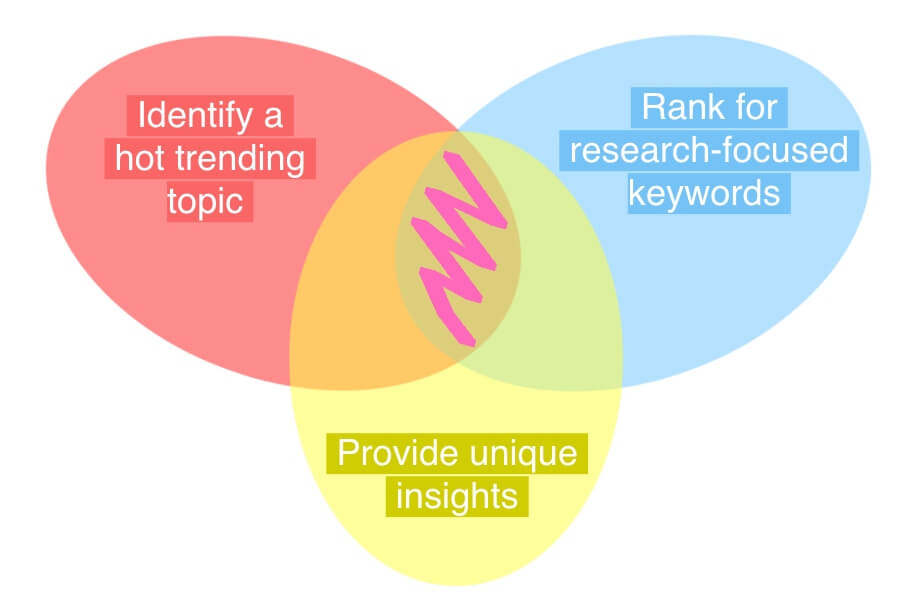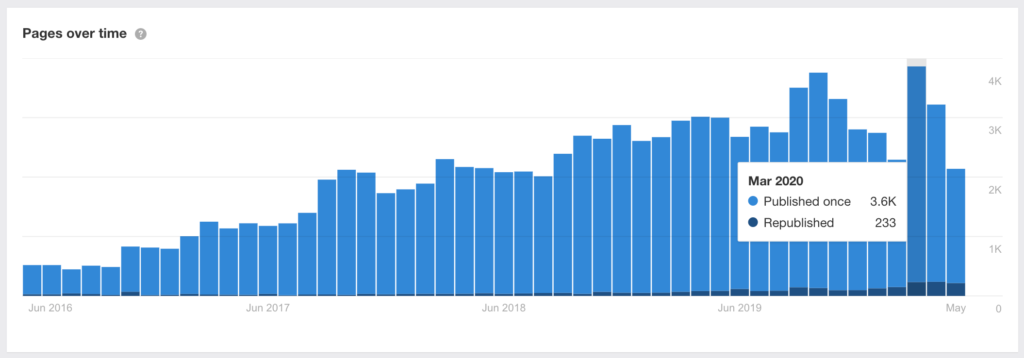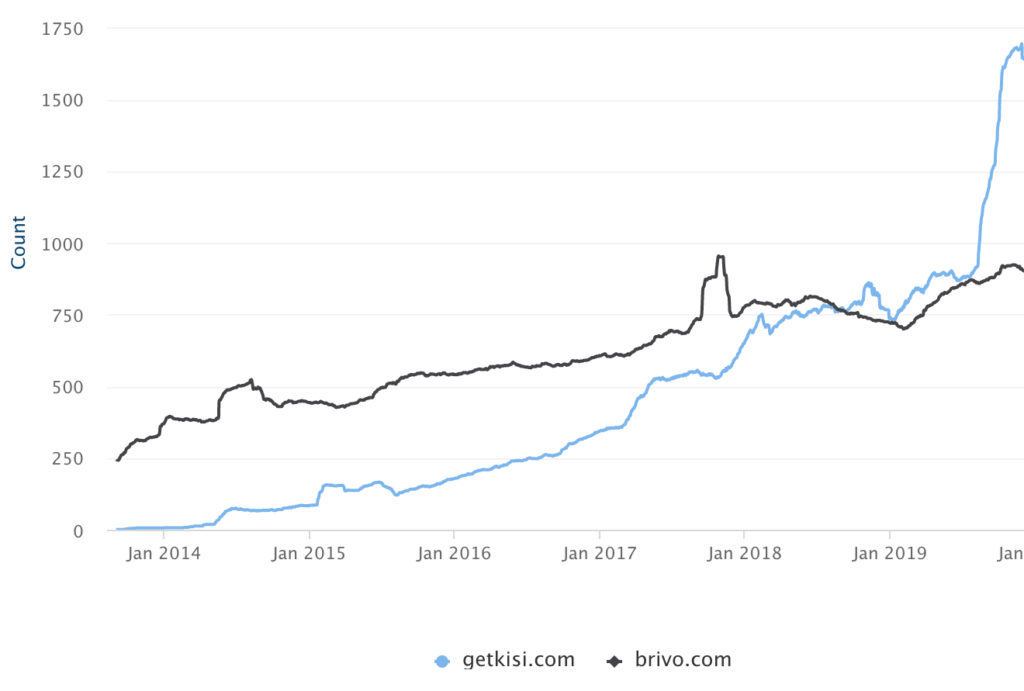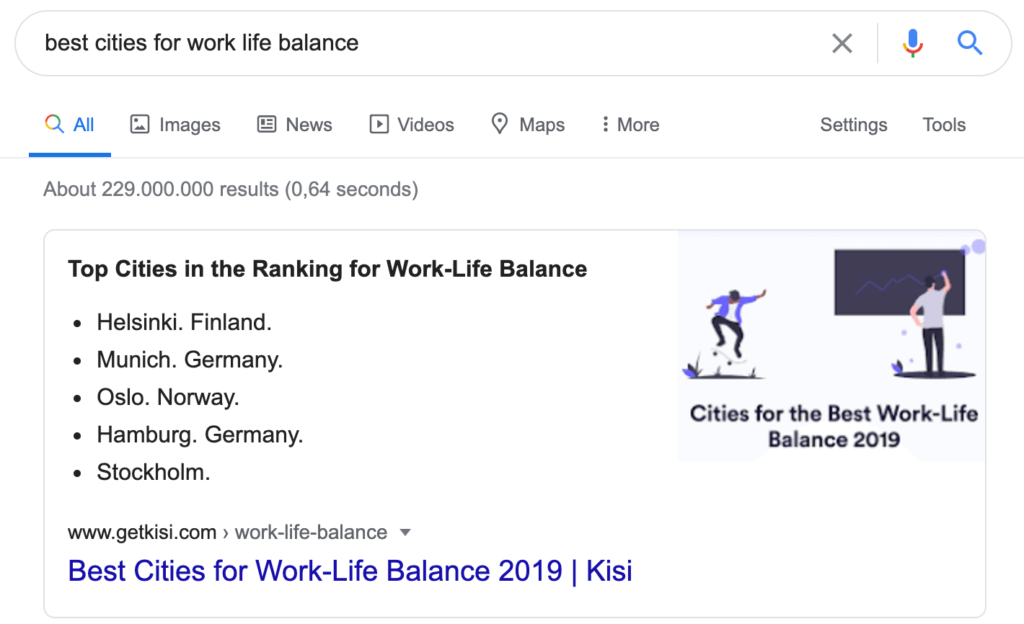All businesses, regardless of their size or industry, need media coverage to establish a brand, strengthen their domain and find new customers. Unfortunately not everyone has millions of dollars to throw into PR and communications projects, but by implementing the right strategies any company can gain media exposure on hundreds of outlets without any big investment. In this post I will to show you three different techniques that led three different companies to get the attention of some of the world’s largest publishers.
In order to get tons of backlinks and press mentions you can:
- Find a partner with strong distribution channels (Movinga case study)
- Create studies and rank for the right keywords (Coworking Resources case study)
- Work with a performance-driven agency for content distribution (Kisi case study)
1) Find a Partner With Strong Distribution Channels
- Budget: €0
- Campaign length: 2-4 weeks
When I was working at Movinga, we were new on the market and while the company had just closed a pretty big round of funding, we still did not have any reputation from a brand standpoint, nor the possibility to invest a lot of money in PR for every market in which we were active.
As a company, we didn’t have any contacts with journalists, we didn’t have any established channel for content distribution and we didn’t even have a dedicated person to work on PR and communications. But on the other hand, many of our partners had all of those things covered!
The example I’m showing here refers to the Italian market, where we had established a partnership with the largest real estate portal in the country. The company was very well known and they obviously had a strong distribution network, but they not always had the most interesting news to cover in their press releases, and certainly not in our industry. Our pitch to them pitch was quite simple: we would give them very interesting data that tell a story journalists would love, and let them position it as a co-branded study that they would distribute via a press release.

We were able to offer data that nobody else had ever published about prices for moving services in different European countries. We had something unique to offer, and we would do all of the work too, all they had to do was to send out the press release. Their response? They were happy to partner up on the project and after some back and forth to refine some of the details of the study, we managed to go live.

Outcome: the study was featured on over 20 publications, including the two largest newspapers in the country, Repubblica and Corriere della Sera, which, according to SimilarWeb data, collectively get over 250 million visits/month.
In our case we worked with a company with whom we already had partnership in place, but this action be replicated with anyone, as long as what you pitch provides value to them. It can be a customer, a technology partner, a supplier, another portfolio company of your investors, or your office neighbour. As long as you manage to establish a direct contact with the right person in their team, if what you offer is interesting there is a high chance that you will be able to set up a successful campaign.
Key takeaway: find a company that has strong distribution channels but lacks the data or insights that you can offer and you are half way there.
2) Create Studies and Rank for the Right Keywords
- Budget: €0
- Campaign length: 3-6 weeks
At Coworking Resources we were a small but highly relevant publication in our niche, and we wanted to somehow take our authoritativeness to the next level. We knew that the coworking industry was getting more and more attention, but our community was mainly built by a strong SEO positioning, not via media or industry relationships. That’s why we chose to leverage our visibility in search engines to establish ourselves as a thought-leading brand by working on a comprehensive industry study.
For this type of campaign to be successful, you will need 3 elements:
- A trending topic that’s relevant to your business
- Unique data or insights that are easy to be cited by publishers
- Great content that will rank for the right keywords

As clearly shown in the chart below coworking itself is quite a trendy topic, with over 3,000 pieces of content published every month, up from just 500 a few years before. So we were lucky enough that any insights about the growth of the industry would have been highly searched by journalists anywhere.

This first step is very easy if you already are in a trending industry, but there are opportunities for any type of business, so don’t be afraid to explore different ideas as long as there is a certain degree of relevance to your company.
Step two is to put together the story. In our case we published a mix of proprietary data and publicly available sources, which once combined provided clear insights on where the industry was headed. The important part for us was to make it easy for journalists to extrapolate one or two key metrics that they could use in their articles.
The last step was to make sure that anyone searching for information about the growth of the industry would find us. This brings up back to the step of choosing the right topic: in our case we knew we could relatively easily rank among the first results in Google for anything coworking related, so we chose to stick to that. Had we tried to do the same study about commercial real estate, even if relevant we wouldn’t have been able to get much traffic and nobody would have found our content.
Outcome: within the first year of the study being live, over 300 websites linked to it, including the BBC, Forbes, CNBC, Yahoo, WeWork and many other leading publications.

Key takeaway: Google search is de facto a distribution channel and the moment you can rank for the right topic with the right insights, links and press mentions are almost guaranteed. But keep in mind that you don’t always need thousands of publishers to cover ones specific study, working on several release, and getting the attention of a few key publication for each of those, is an equally effective way to grow your brand and SEO visibility.
3) Work With a Performance-Driven Agency for Content Distribution
- Budget: low to medium
- Campaign length: 8-12 weeks
Working with a PR agency is one of the most powerful ways to reach journalists and mainstream media, but despite the great work that some agencies are able to deliver, it is not uncommon for businesses to end up with a very unclear ROI and lots of money spent.
The truth is that in most cases you will get the highest return on your investment by focusing on strengthening your organic reach rather than counting clippings, and you should choose who to work with based on your needs.
At Kisi we released a study on Work-Life Balance, and our goal was to get backlinks from publishers we would never be able to reach on our own. As a workplace solution, we found this topic to be relevant enough for our positioning, but also with enough potential to explode in the news.
In order to capture the attention of journalists worldwide, we paid a lot of attention to three aspects:
- The ranking was based on many factors, all of which could be analysed individually. This means that some cities that are in the middle might still be at the top or bottom for some factors, meaning that local press would have an interesting story to tell even in those cases.
- We covered many cities worldwide, making sure that the release was relevant to journalists (almost) anywhere. We also split the study into two landing pages, one international and one targeting the U.S. only.
- We built the study in a way that made it easy to customize the pitch based on who would get the release (and our agency did a great job on this aspect).
Outcome: the study was featured on over 500 publications worldwide, including:
- Traditional publishers (CNN, The Guardian, The Telegraph, VICE)
- Online publications (Mashable, Business Insider, Huffington Post)
- Local press (The Philadelphia Inquirer, Atlanta Journal-Constitution, Houston Chronicle)
- International press (Le Figaro, BILD, Globo, Il Sole 24 Ore, The Straits Times)
- Other organizations (World Economic Forum, Statista)

Not only did we get massive exposure during the first weeks of releasing the study, but we also started to rank for a variety of terms, which resulted in even more people finding our content over time and referring to it.

Key takeaway: find the right SEO / PR / communications agency or pitch your current one to work on a campaign-basis (and ideally also on a pay-per-performance basis). Working together on a specific data-packed research is the best way to empower them to do what they do best, which is pitching to journalists, and having clear KPIs for each campaign will make it easy to evaluate its success.
A few More Things to Keep in Mind
Now that I showed you these three successful strategies, it’s time to look at a few things that you should keep into account when setting up similar campaigns.
1) Get rid of Vanity Metrics
I might be the only person in the [tech] world that didn’t read Eric Ries’s The Lean Startup, but you probably did, so you know what vanity metrics are.
While I do talk about media exposure in this post, press mentions per se are a vanity metric, and both marketers and management teams fall into this trap all the time. After all, it’s hard not to get excited about an interview with the BCC or a mention on the New York Times, isn’t it?
Occasionally, press exposure can result into a turning point for your company, but in most cases it will just turn into a logo on some “as seen on” section of your website.
After all it’s very simple, if something doesn’t impact revenue, directly or indirectly, it should not be your focus. So after getting everyone to cover your story or talk about your product, you should always look back and see what that translates into when it comes to hard metrics like new users, orders, or leads generated. This is almost never easy to do, but even just estimating the uplift in organic traffic generated by the links acquired will help to put things into perspective.
2) Focus on Relevancy
On top of focusing on impactful metrics for your business, another component that is absolutely essential to a successful strategy is relevancy. While it’s great to be featured on huge media outlets, you should never forget where your potential customers are and which publishers are authoritative in your industry.
Let’s say that you run an e-commerce that sells wine and spirits, where would you rather be featured?
- The Wine Spectator (600,000 visits/month, Ahrefs DR 82)
- The Sun (130,000,000 visits/month, Ahrefs DR 90)
Not saying that there is necessarily a right or wrong answer, but you get a pretty good idea about how traffic and domain rating metrics are meaningful only if relevancy is there in the first place.
The same applies to even more obvious aspects, like geographic or linguistic relevancy.
3) Do Your Homework Before Choosing who to Work With
Whether you decide to work with an agency or would like to pitch a co-branded study to another company, there are a few factors you should keep in mind before moving forward.
The most important thing is to assess how capable they are when it comes to reaching publishers. Tools like Ahrefs or SEMrush can give you amazing insights on the success of any previous campaign, and they can go as far as giving you a hint on the impact on the company’s inbound traffic and overall growth.
Having a clear case study (put together by yourself, with your own tools) makes it a million times easier to approach someone with confidence, set the right success metrics, justify allocating budget to the project, and so on.
Conclusions
The examples from the campaigns I ran involve different levels of complexity, from not publishing any content at all on your website to building a custom landing page and dedicated graphic elements. The key message here is that based on your resources you can turn up or down the level of complexity of your campaign, but no matter what limitations may be in place, there are always ways to get journalists to cover your story, even without spending a single dime.